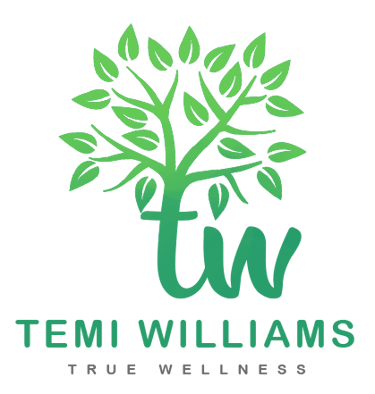Food Swaps: Eat Less Calories, More Quantity
Trying to lose weight can be quite depressing, because it requires you to change a lot of things that you are normally comfortable with. I understood this very early on in my weight loss journey and I honestly did not want it to be a burden. I wanted to enjoy it every step of the way. So, I found many ways to spice up my diet without feeling deprived.
One of those ways was Food Swapping. Now, like I mentioned in my post about the first things I did on my journey, I came to understand that there are some calorie dense foods; and the fact that they were calorie dense did not mean that they filled you up more when you ate. What I did then (and still do) was to identify the specific calorie dense foods I ate regularly and replace them with something similar that are calorie sparse or not as dense as the regular preference. Here are some examples swaps I did.
1. OATS instead of pap (corn pudding) or custard.
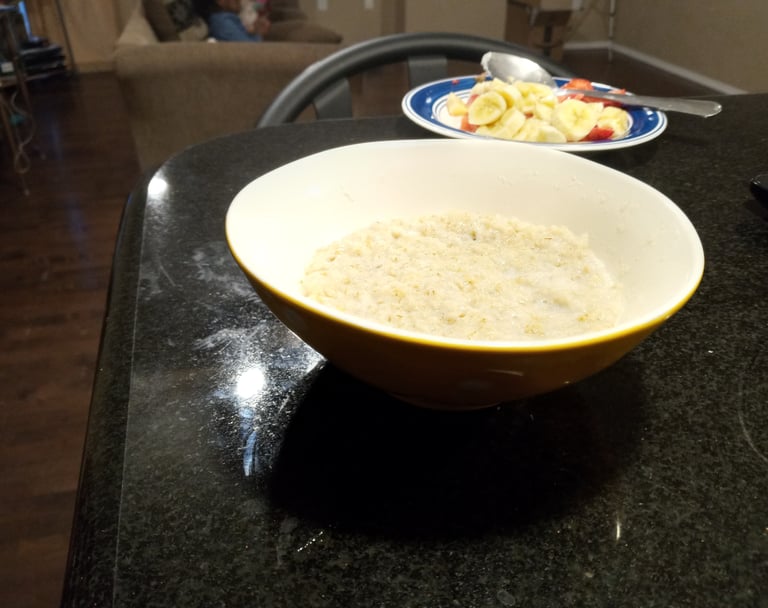

Pap (corn pudding) and custard are very common Nigerian breakfast meals. While pap isn't considered an unhealthy meal (it is in fact, quite nutritious), it isn't very good for weight loss. Depending on what you're looking out for, custard may also be considered good because it is high in protein, but like pap, it is also not good for weight loss. Why?
First, both custard and pap are quite calorie dense. I read (not sure how accurate) that a tbsp of raw pap is roughly 90 calories with hight carbohydrate content. We all know that it takes
about 4-5 tbsp to make a decent bowl of pap for an average adult. That’s already 360-450 calories of mostly carbohydrates. Custard powder is made up of egg yolks, milk and sugar. If you're trying to lose weight, you can already see that doesn't look good for you. In addition, these meals are very light, meaning, the average adult will need to eat a lot of it or support the meal with a side (typically a protein meal) to feel full. This adds to how much calories being consumed in one meal. And even worse is the milk and sugar that are mixed into these meals to sweeten them. You can now see that calories can rack up really quickly with an "innocent bowl" of pap or custard.
So, to still have my pudding-like breakfast, I opt for Oats instead. Half a cup of dry oats, which is very filling (because it’s high in fiber which the other two options lack) without any of the other additions is only 145 calories; and this is if you want to eat big. Most times, I use only 1/3 cup of dry oats to make my Oatmeal breakfast, and that saves me calories big time.
2. FRUITS in oats instead of milk and sugar.
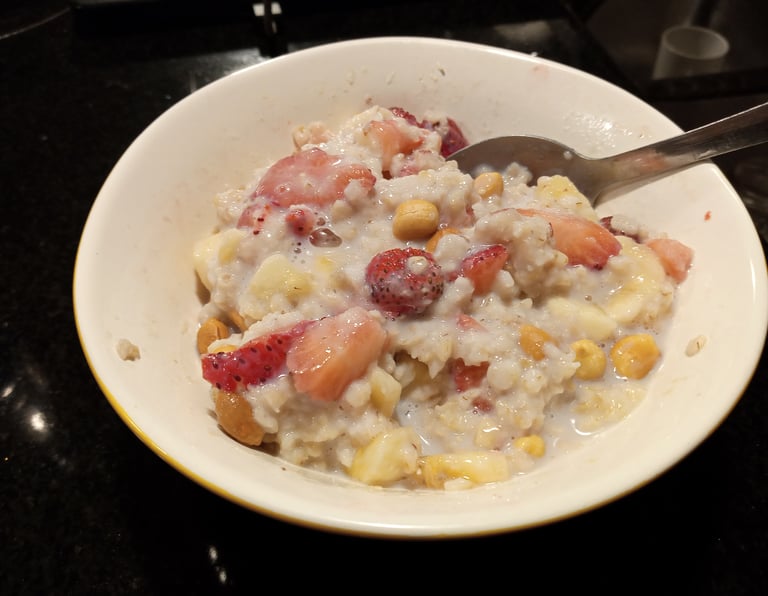

For pap (ogi), custard, oats to be appealing to the taste buds, most people add milk and sugar to it. And it’s understandable. Except that dry milk powder can pack lots of calories. Peak has 120 calories in 3 tbsp, 60 of which comes from fat alone. Sugar has 48 calories in 1 tbsp. That is 168 calories added to my food which will really make no difference to how satisfied I am.
So to make up for those, I opted for half a banana. One regular size banana (7-7.5 in long) is 105 calories. Half of that is 52.5 calories.
It is sweet, and when mashed into oats can make the meal very yummy. I don't miss sugar at all, and up till now, my preference will always be good ol’ bananas over sugar in my oats.
To add a little more “spice” to your oats, you can add slices of strawberry (4-5 calories each), half a handful of nuts (85 calories – high, but good protein and very filling too).
So, instead of eating 528-618 calories of pap, milk & sugar, which won’t fill you up, you can have a decent breakfast oats and fruits with only 150-250 calories and very filling.
3. WHOLE WHEAT BREAD instead of white bread.
-mePaBnZvOLskDXMe.png)
-mePaBnZvOLskDXMe.png)
A slice of whole wheat bread has about the same calories (65-70 calories) with that of white bread; however, with a lot of differences.
Whole wheat bread has twice the protein, twice the fiber, half the fat and less sugar than white bread. Being fiber packed makes it more filling, which means you get fuller with 2 slices of wheat bread than with 4 slices of white bread (which is the quantity the average Nigerian person eat).
4. BULGUR or BROWN RICE instead of white rice.
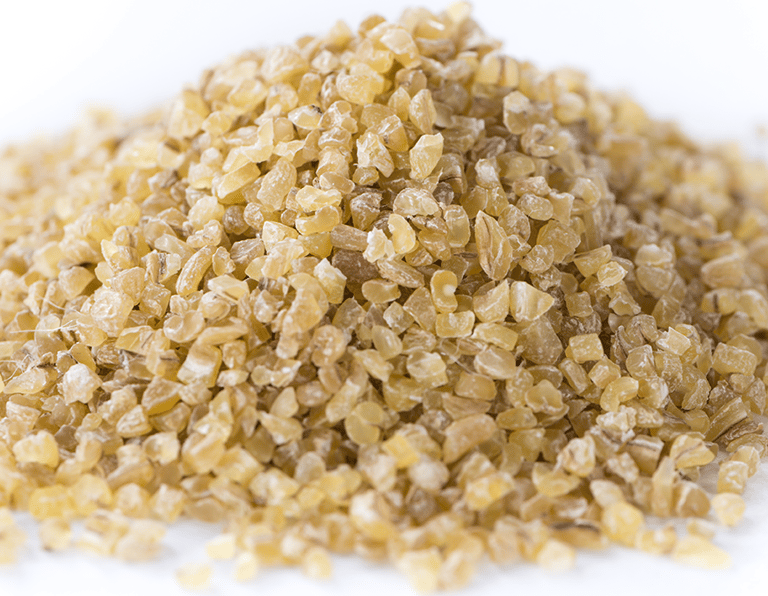

Photo credit: www.eatwheat.org
Bulgur is not rice. But it looks like rice and in a way tastes like rice. It’s also cooked very similarly to rice. The amazing thing about bulgur is that it’s ¼ the fat, ½ the carbs, twice the protein and one cup has a whooping 6.1grams of fiber; whereas white rice has only 0.6g of fiber – and though, it’s not rice, it tastes like rice. If you’re watching your blood pressure, it’s also a better option for you because it’s about half the sodium in rice.
Brown Rice is mildly processed rice, so it’s rice and has about, if not more of , the same calories in white rice, but has retained
most of its fiber, which means half a cup of brown rice should satisfy you the way 1 cup of white rice would: making it a better option than white rice.
5. LOW-CALORIE STORE-BOUGHT OPTIONS instead of the regular ones.
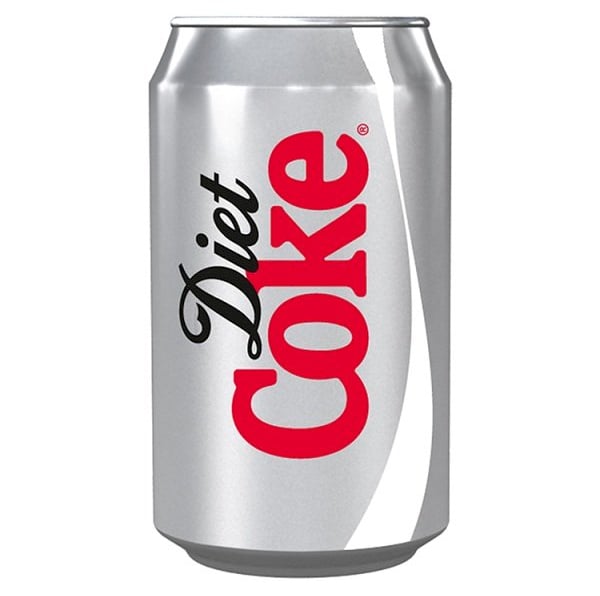

Let’s be realistic, you can’t make everything you eat. We all generally buy some things in the stores; such as bread, yogurts, cereal, ground meat, etc. To keep my weight in check even before the food items enter my kitchen, I spend a good amount of time reading the labels of the various choices for each item.
For example, a slice of whole wheat bread is generally 70- 85 calories and I’d usually need two to make a simple breakfast sandwich. But some there are some really thin slices that are sold on shelves.
I look out for those and pick them; 2 slices will give me 100-120 calories and it won’t satisfy me less than that the thicker slices. So I’ll save between 40-70 calories from my breakfast.
Tortilla wraps for chicken or veggie wraps are another one. The large wraps are about 170 calories per piece; the smaller ones are about 100 calories. Larger wraps need larger fillings, which equal more calories; smaller wraps need smaller fillings, less calories. So I go for the smaller wraps.
We just all love cereals and there are a vast variety of them. But they are a huge weight loss killer if you are not careful. They are generally high in sugar, high in carbs in general. Some cereal manufacturers, however, had us (the weight losers) in mind and have made more healthy options for cereal lovers who want to keep their weights in check. There are now many cereal options that have little or no sugar and high fiber. Opt for those ones.
Ground beef is sold in three levels in most stores – regular, lean and extra lean. In the store close to me, extra lean is a dollar more expensive than lean and lean is a dollar more expensive than regular. Not fair, but it’s healthier and I consume less calories, so I go for extra lean.
If you’re a coke or soda lover, you can go for the Diet or zero options, which are 0 calories.
There are so many kinds of these lower calorie options in the stores; so just take your time and read the labels and you’ll find the one that works well for you.
6. OAT FUFU instead of eba, amala, or poundo yam.
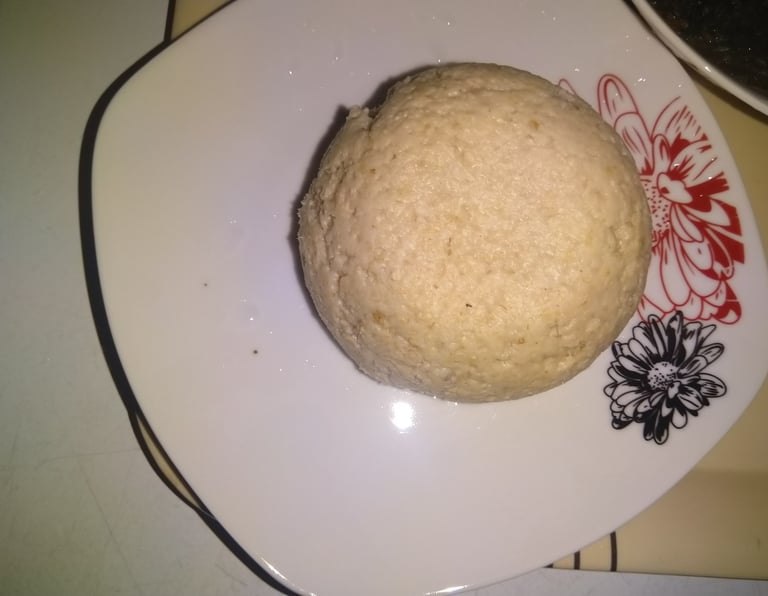

Yes, Oats again. Haha. When I found out that one cup of eba was almost 400 calories, one cup of amala was over that, and poundo yam was a lot more (Ola Ola poundo yam is 470 calories in half a cup) and all mostly carbohydrate, I vowed to stay away from these foods as much as possible – not completely; but as much as I could.
I had to find a worthy replacement; and oats came in handy. ½ cup dry oats, blended and well prepared will make good quantity of oats fufu and will still be 145 calories, still high in fiber, and still a good protein source.
7. UNSWEETENED SOY MILK instead of whole milk.
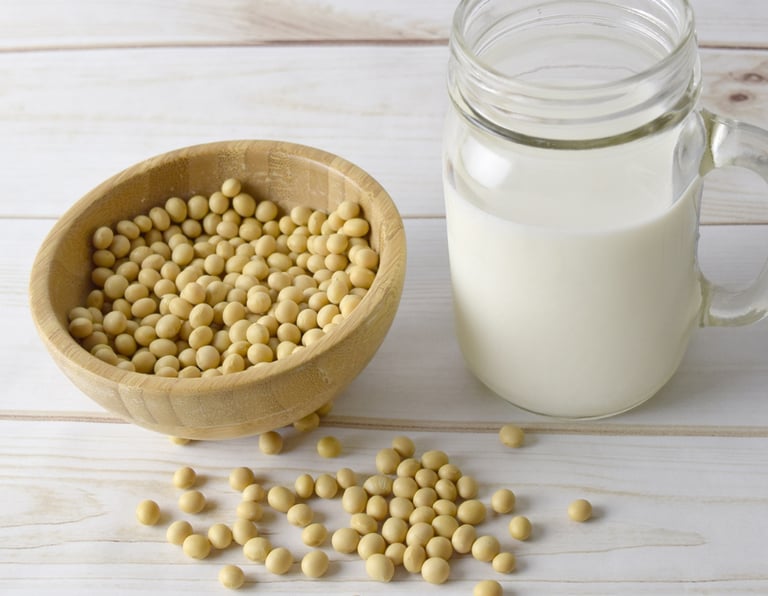

A cup of organic soy milk is 90 calories. A cup of whole milk contains 146 calories. Soy milk is plant based so it has less fat (almost half) than whole milk. It also has more fiber 2g (whole milk has 0g of fiber); and a lot less sugar, 1g (whole milk has 12g of sugar). It’s a really easy and very healthy swap for you.
8. GOAT MEAT instead of beef.


Photo credit: www.seriouseats.com
This is another easy swap. 100g of beef has 288 calories and 19.5g of fat. The same quantity of goat meat has 109 calories and 2.3g of fat.
Guess what I reduced eating and what I began to eat more of? Yeah, you guessed right! Less beef, more goatmeat. The quantity didn’t change. But how much it impacted my weight did.
9. MORE VEGGIES THAN RICE in "fried" rice.
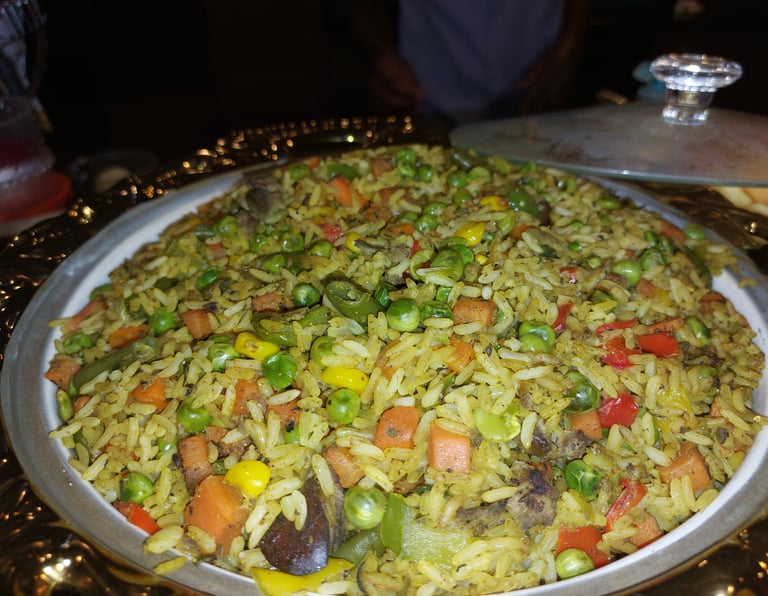

"Fried" rice is one of the easiest foods for me to make; thanks to the pre-cut frozen veggies sold in the stores.
And this food swap is mainly for those who hate to munch on veggies by themselves. You can eat less rice and more vegetables in your one dish. Simply, add veggies that are two times or more the quantity of rice while you’re cooking your fried rice. Mind the oil you’re adding as well. You only need a little oil to make healthy "fried" rice. See a recipe here.
10. LIGHTLY STEAMED CARROTS & CABBAGE instead of coleslaw.
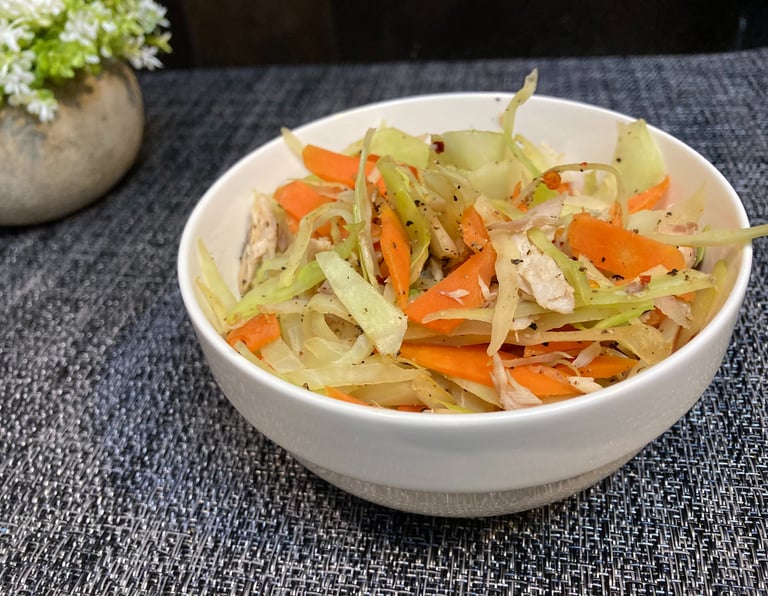

To eat less calorie dense foods, I had to incorporate a lot of veggies into my diet. Cabbage and carrots were readily available in Port Harcourt where I lived at the time and so I ensured I had them in my house every time. I shredded both veggies and added them to rice, porridge, potatoes, etc. The only challenge I had was that they sometimes were too crunchy and dry and will get tiring really easily. I had the option of adding dressing to it to give it that added taste and creaminess, but a tablespoon of regular mayonnaise is over
of regular mayonnaise is over 90 calories with 11grams from fat alone. Other regular dressings were not too different; so I came up with a very simple recipe which involved steaming the carrots and cabbage slightly and adding other veggies like pepper and onions. I even “pimped” it up by adding a small quantity of shredded fish sometimes. It worked. I ate more veggies, it tasted good and was never tiring. Check out the recipe here.
There you go. I’ll stop at 10 for this post. I hope to do a Part 2 of this post sometime, because I have so many more swaps I do regularly. These swaps make you enjoy your weight loss journey, because they don’t necessarily require you to reduce the quantity of foods you eat (you should if it’s too much), rather, they get you to eat less calories even with similar quantities.
I hope you get to try these. Let me know how it goes.
How much calories should you eat daily? Find out here...
